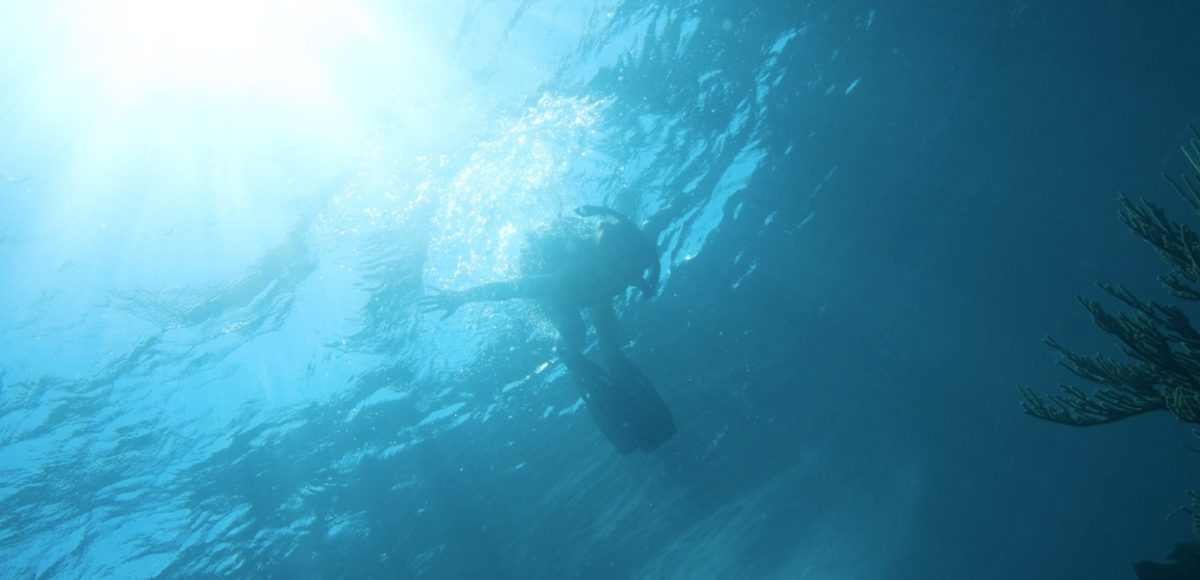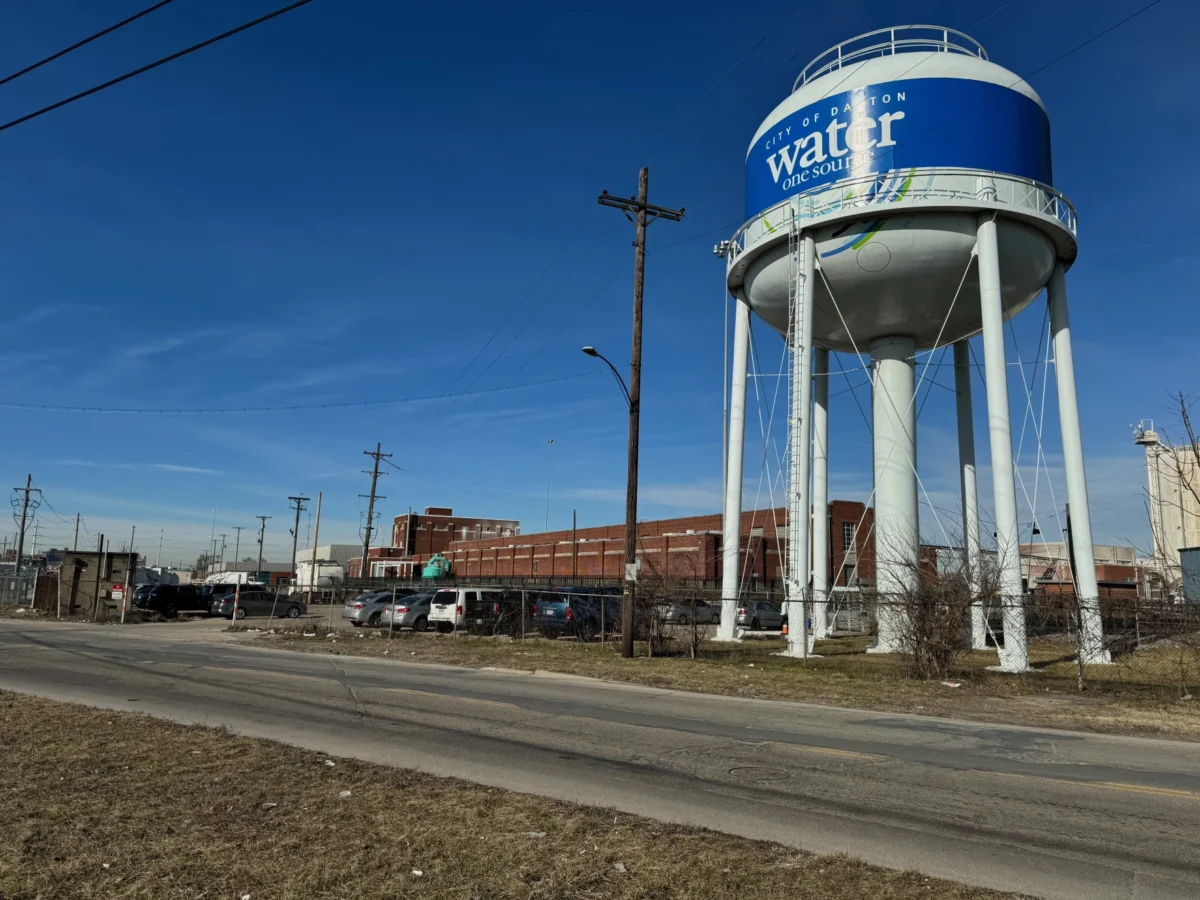Currently stationed at the Bermuda Institute of Ocean Sciences (BIOS Station) in St. George’s, Bermuda, I am on co-op fulfilling a position as a research assistant intern completing a “research experience for undergraduates”—also known as an REU—through the National Science Foundation. I am working under Dr. Eric Hochberg of BIOS who is also employed by NASA for his “CORAL” mission, and by the Arizona State University. Together, alongside two other REU interns, we will be contributing to one of Dr. Hochberg’s research projects titled “Measuring Coral Reef Community Light-Use Efficiency.” We will contribute by completing our own individual components of the project independently with Dr. Hochberg’s guidance. Below are the parameters of the project quoted:
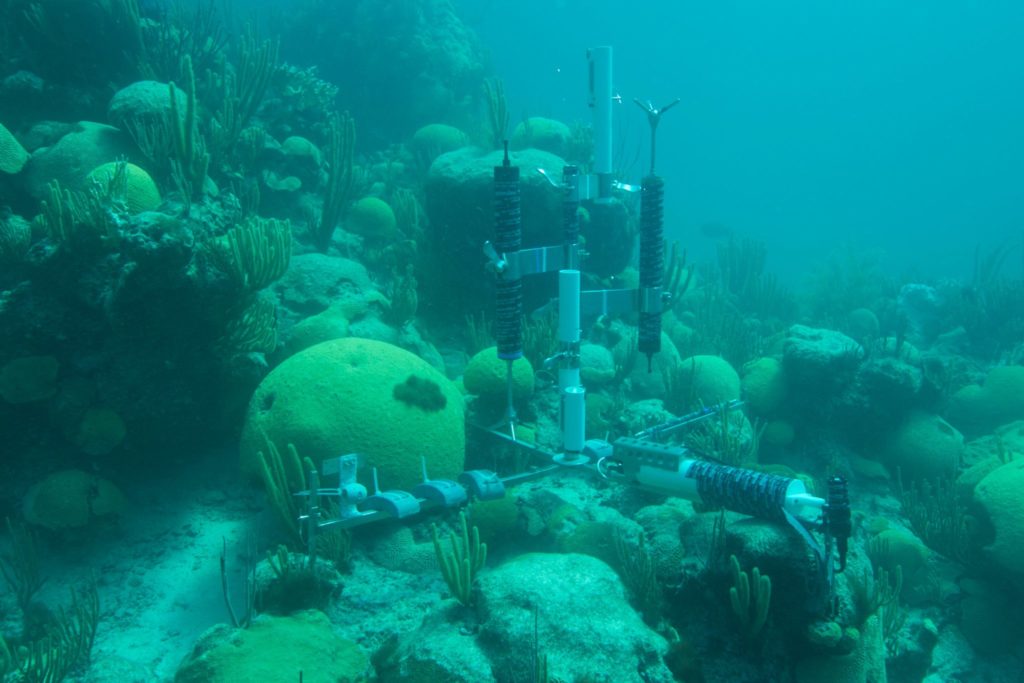 “Probably the most fundamental ecosystem function in coral reefs is photosynthesis, which provides most of the energy to make the system work. Photosynthesis relies on light that has been captured by the pigments in a plant or plant community. That absorbed light energy is converted to chemical energy by a proportion called light-use efficiency (LUE). For the same light levels, a community with higher LUE will have faster photosynthesis than a community with lower LUE. Therefore, to understand how coral reefs function, it is important to understand LUE for reef communities. The aim of this research theme is to measure LUE for natural communities occurring on Bermuda’s coral reefs. There are three project components, each using a combination of boat work and laboratory activities:
“Probably the most fundamental ecosystem function in coral reefs is photosynthesis, which provides most of the energy to make the system work. Photosynthesis relies on light that has been captured by the pigments in a plant or plant community. That absorbed light energy is converted to chemical energy by a proportion called light-use efficiency (LUE). For the same light levels, a community with higher LUE will have faster photosynthesis than a community with lower LUE. Therefore, to understand how coral reefs function, it is important to understand LUE for reef communities. The aim of this research theme is to measure LUE for natural communities occurring on Bermuda’s coral reefs. There are three project components, each using a combination of boat work and laboratory activities:
• Determine community photosynthesis using moored underwater instruments that measure dissolved oxygen and water flow.
• Determine light availability and light capture using moored underwater light
sensors and a diver-operated spectrometer.
• Determine reef community composition and three-dimensional structure
using underwater photogrammetry (structure-from-motion)” (Hochberg, BIOS 2022).
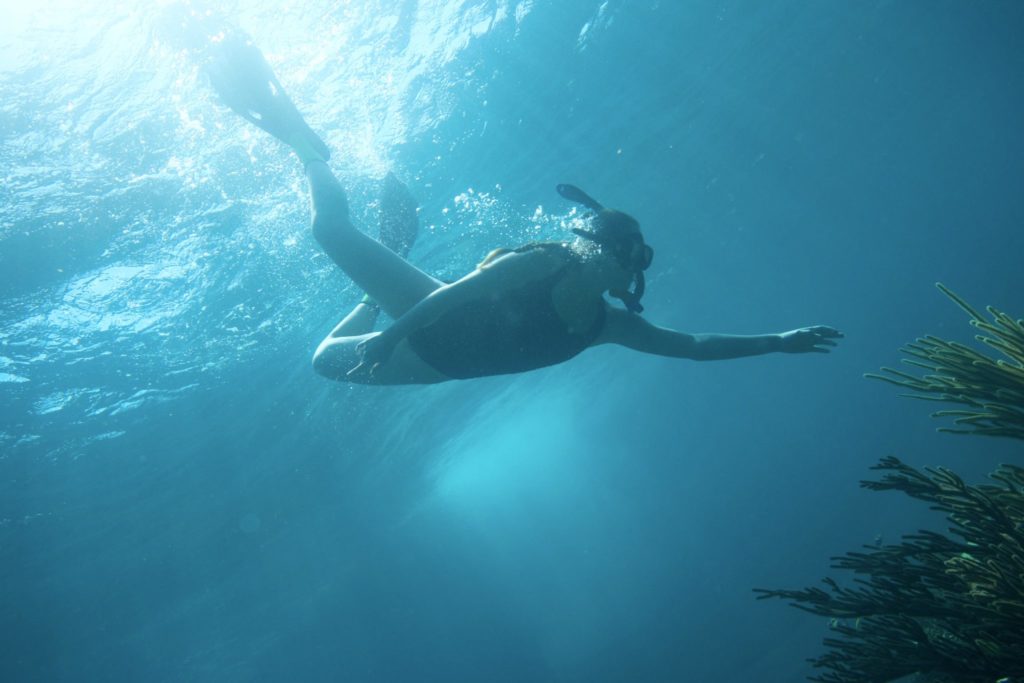 Corals contain photosynthetic symbiont algae called zooxanthellae which are single celled organisms known as dinoflagellates. These zooxanthellae are responsible for giving corals their pigmented appearance (National Oceanic and Atmospheric Administration, 2022). There are also photosynthetic algal communities which cover the geologic structure that is the reef itself, and micro algae that exist amongst patches of sand surrounding a given reef.
Corals contain photosynthetic symbiont algae called zooxanthellae which are single celled organisms known as dinoflagellates. These zooxanthellae are responsible for giving corals their pigmented appearance (National Oceanic and Atmospheric Administration, 2022). There are also photosynthetic algal communities which cover the geologic structure that is the reef itself, and micro algae that exist amongst patches of sand surrounding a given reef.
In the past twenty years, global warming and ocean acidification rates have become a growing area of focus for environmentalists and marine scientists. Researchers are concerned that these stress-inducing changes in environmental trends could lead to negative impacts on coral communities’ ability to efficiently use light for photosynthesis, therefore, impacting their livelihood and their ability to survive. It was published in the 80s that these measurable metabolic changes in photosynthetic rates can be recorded before physically observable changes in the community such as widespread coral bleaching events which are frequently noted today (Kinsey, 1983). This evidence has informed Dr. Hochberg’s journey to curating his current research towards the light-use efficiency of Bermudian coral reefs. This focus may serve as a reflection of their wellbeing at the face of these looming trends.
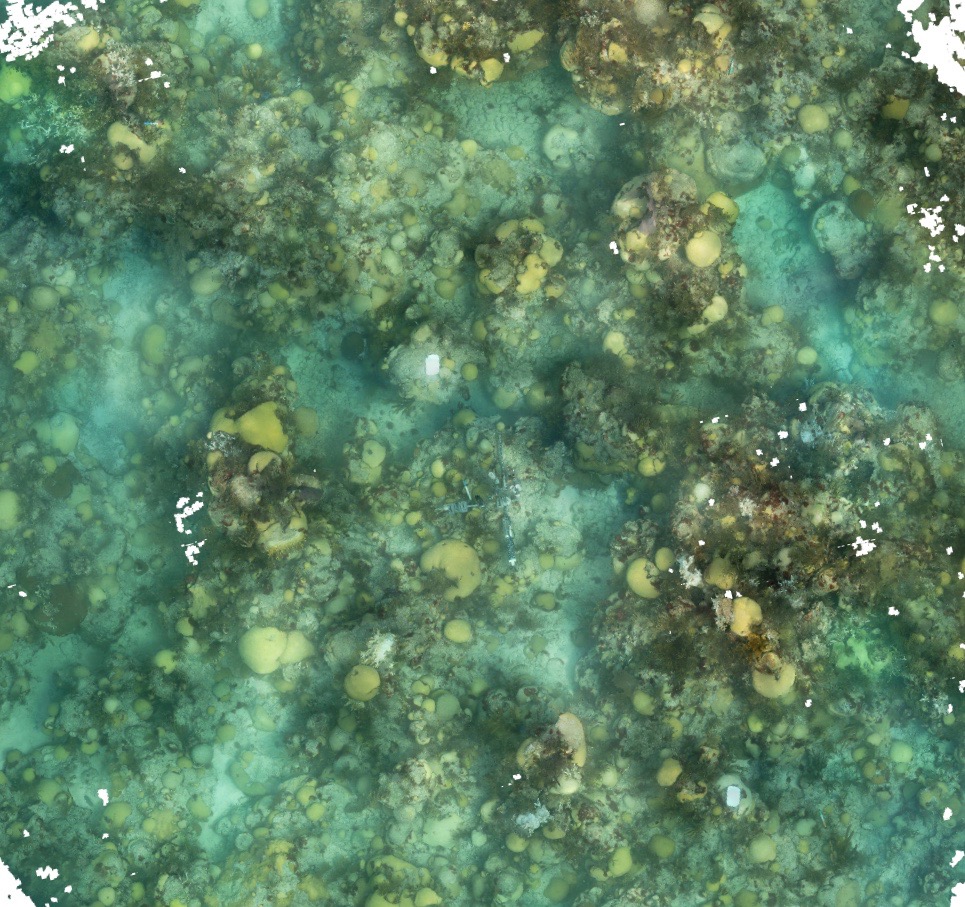 In our project, this is where my colleagues and I will diverge. Each of us will be investigating separate but interconnected components that will contribute to the evaluation of the light-use efficiency of Bermudian coral reefs. One of our partners will investigate factors pertaining to sunlight (availability, absorbance, and reflectance) for Bermudian benthic communities and the importances of light’s respective functions for reefs in general. Our other partner will examine the productivity of Bermudian coral reefs specifically (community scale metabolism and daily photosynthetic production) as well as the importance of productivity on coral reefs as a whole.
In our project, this is where my colleagues and I will diverge. Each of us will be investigating separate but interconnected components that will contribute to the evaluation of the light-use efficiency of Bermudian coral reefs. One of our partners will investigate factors pertaining to sunlight (availability, absorbance, and reflectance) for Bermudian benthic communities and the importances of light’s respective functions for reefs in general. Our other partner will examine the productivity of Bermudian coral reefs specifically (community scale metabolism and daily photosynthetic production) as well as the importance of productivity on coral reefs as a whole.
This will involve the deployment of an integrative instrument called the “gradient flux” at multiple reef sites. Attached to the “gradient flux” is a light sensor, two dissolved oxygen sensors, and two vectors (which measure water flow) positioned right at and one meter above the benthic boundary layer. We will also measure salinity, conductivity, temperature, and depth at each site with other attached devices. All of these recorded data will be returned to the lab to be factored into our analyses in calculating the information about light and productivity that we need as it pertains to light-use efficiency.
My contribution to the research effort will include exploring the specific benthic community structures of several Bermudian reef sites. Benthos can be defined as the organisms and communities that can be found living on the seafloor (in our studies specifically, coral and algal communities). Coral reefs are mosaics of coral, algae, and sand; I will be responsible for measuring the ratio of coral cover to algae cover to sand cover at each of the reef sites where we deploy the “gradient flux”. We know that coral, algae, and sand have different rates of photosynthetic production due to research that was conducted and published by Donald W. Kinsey in 1983. From this, we can deduce that different reef sites will result in different benthic cover ratios (different benthic community mosaics) and ultimately, different levels of primary photosynthetic production.
We will measure these ratios at each reef site by housing underwater cameras and taking thousands of pictures of the reef from all directions by swimming back and forth over the reef until the entire area has been photographed thoroughly. Using several different softwares, I will create a full orthophoto mosaic for each reef site which is a large composite photo of the reef. The softwares that we plan to use will stitch together all of the photos for a reef site to create the complete orthophoto mosaic. I will then lay a grid over the photo mosaic to measure the representative presence of coral, algae, and sand for each reef site by taking a census-based approach. The results uncovered through my work will inform my colleagues’ studies regarding the roles of light and productivity in reef systems.
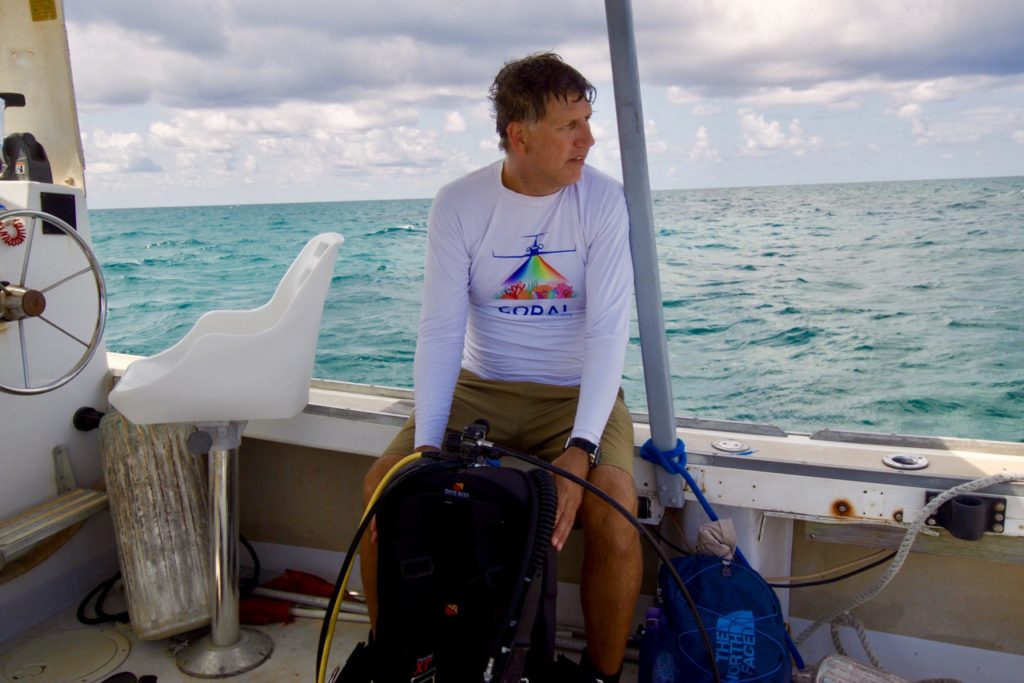 Dr. Hochberg’s ultimate goal is to be able to map the light-use efficiencies of reefs across the globe. Through the methods of utilizing spectrometry technologies from airplanes and eventually satellites in collaboration with NASA, Dr. Hochberg and his team hope to facilitate scientists’ and researcher’s ability to calculate the health of any reef anywhere on the globe by measuring a reef’s light-use efficiency rates. The work conducted for our current REU projects will dovetail into Dr. Hochberg’s future research plans. These light-use efficiency rates are directly correlated to reef health and serve researchers with a gauge for tracking, reporting, and predicting the future of the world’s reef communities amidst a changing global climate.
Dr. Hochberg’s ultimate goal is to be able to map the light-use efficiencies of reefs across the globe. Through the methods of utilizing spectrometry technologies from airplanes and eventually satellites in collaboration with NASA, Dr. Hochberg and his team hope to facilitate scientists’ and researcher’s ability to calculate the health of any reef anywhere on the globe by measuring a reef’s light-use efficiency rates. The work conducted for our current REU projects will dovetail into Dr. Hochberg’s future research plans. These light-use efficiency rates are directly correlated to reef health and serve researchers with a gauge for tracking, reporting, and predicting the future of the world’s reef communities amidst a changing global climate.
The implications for this research and the reaches of this level of engagement are far beyond what I could have imagined for this co-op. Taking part in this experience with a world-renowned institution such as the Bermuda Institute of Ocean Sciences has allowed for the immersion into a unique scientific community for budding ecologists and biologists, changing the trajectory of all of our professional and educational careers. This collaborative co-op experience has also facilitated important contributions to a cultivated research project that is projected to have valuable and positive consequences for the future of the world’s reef systems, ultimately furthering marine research hereafter.
Included in this document are hyperlinks to websites and publications pertaining to BIOS, our project, and Dr. Hochberg’s current research. In addition, Dr. Hochberg appears in the Youtube video below.
http://www.bios.edu/uploads/BIOS-REU-Mentors-and-Potential-Research-Projects.pdf
http://www.bios.edu/#!/who-we-are
http://www.bios.edu/about/team-members/eric-hochberg/
https://coral.jpl.nasa.gov/about-coral
https://oceanservice.noaa.gov/education/tutorial_corals/coral02_zooxanthellae.html
file:///Users/emmajones/Downloads/Kinsey%201983%20Perspectives%20on%20Coral%20Reefs%20(1).pdf (Kinsey, 1983).


